When we think of Ilokano Mythology, we are often referred to Biag ni Lam-ang ( “The Life of Lam-ang”), the epic poem of the Ilocano
Read more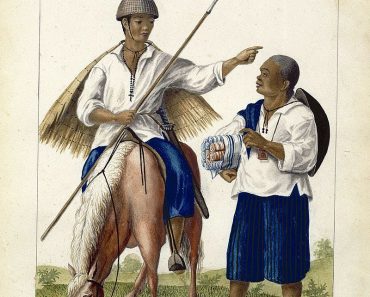

When we think of Ilokano Mythology, we are often referred to Biag ni Lam-ang ( “The Life of Lam-ang”), the epic poem of the Ilocano
Read more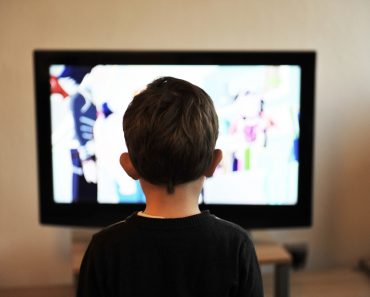
Hindi na mabilang marahil kung ilang beses naging tampok sa mga pelikula, libro at comics ang mga nilalang na dati pa ay naghatid na
Read more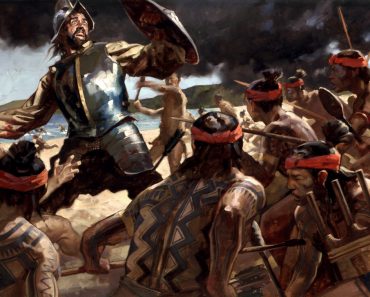
Last month, renowned historian Ambeth Ocampo warned us that “when history is taught as civics, it instills blind patriotism rather than discipline, which results from
Read more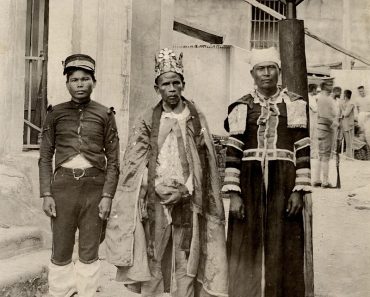
Babaylan were shamans of the various ethnic groups of the pre-colonial Philippine islands. These shamans specialized in communicating, appeasing, or harnessing the spirits of the
Read more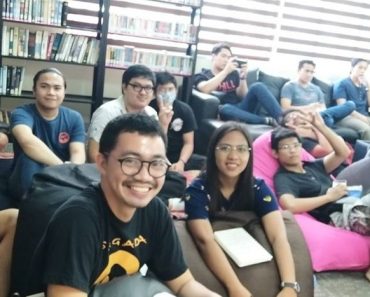
Isa ang Pampanga sa mga pinaka-progresibong probinsya na hindi pa rin nakakalimot sa mayaman nitong kultura. Kasabay ng pag-unlad nito ay ang patuloy na pagpapalagom
Read more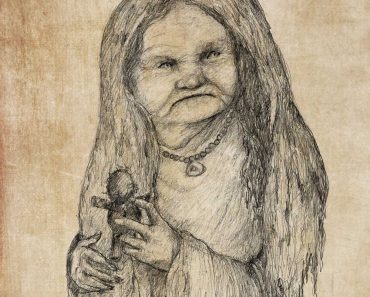
Here at The Aswang Project, I have recently been receiving many requests to present more information about Philippine “witches” and “witchcraft”. I am usually left
Read more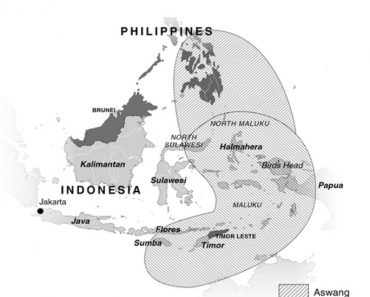
Back in 2006 when I began preliminary work on THE ASWANG PHENOMENON documentary, I had 5 main questions I was trying to answer. What is an
Read more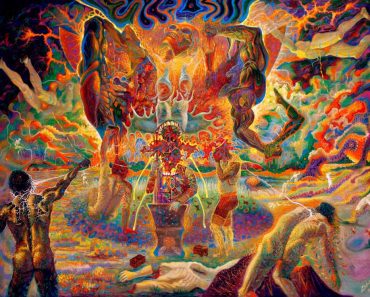
The Bagobo are one of the largest subgroups of the Manobo peoples. They comprise three subgroups: the Tagabawa, the Klata (or Guiangan), and the Ovu
Read more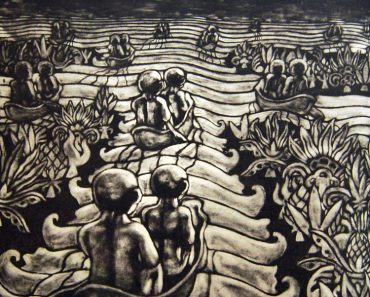
THE BOAT-COFFIN BURIAL COMPLEX IN THE PHILIPPINES AND ITS RELATION TO SIMILAR PRACTICES IN SOUTHEAST ASIA Author: Rosa C. P. Tenazas Source: Philippine Quarterly of
Read more
It is a near impossibility to read or listen to any story regarding ‘Philippine Engkanto‘ or ‘folkloric beings’ without salt being part of the conversation.
Read more
